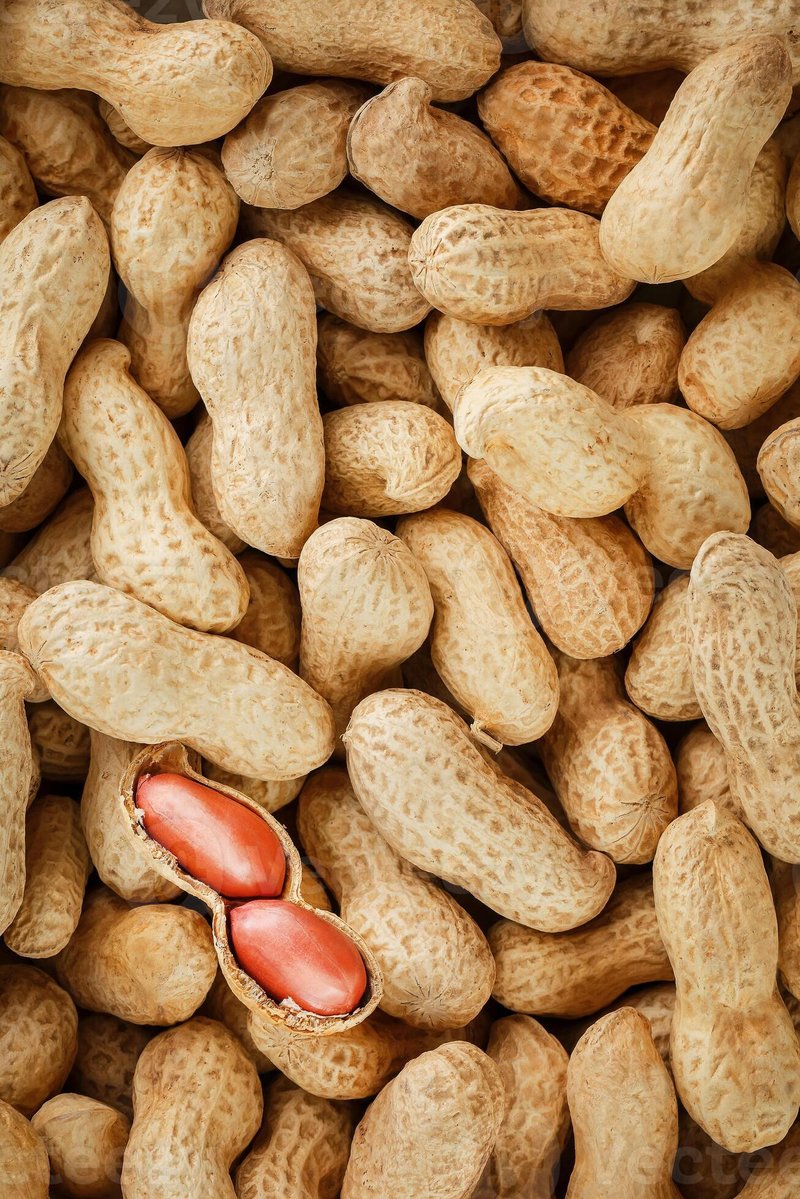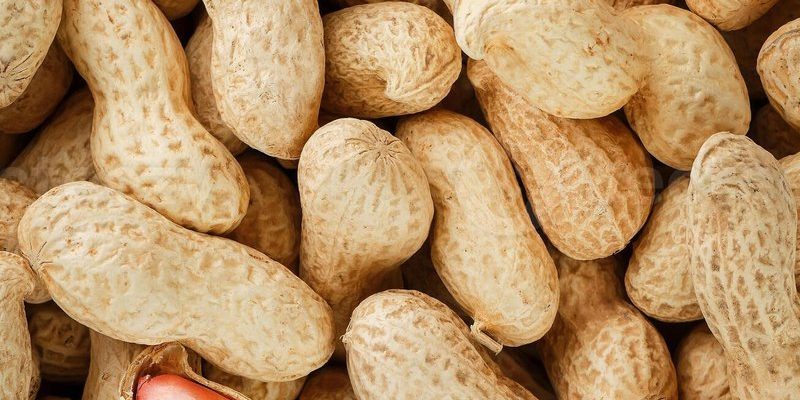
Now, if you’re sipping coffee and wondering why these peculiar critters matter, let me explain. Peanut worms are a great example of the rich biodiversity found in our oceans, and understanding them helps us appreciate marine life as a whole. Plus, they’re quite unique in appearance and behavior. If you’re curious about what makes peanut worms special, keep reading, and I’ll share all the interesting details you’ll want to know.
What Are Peanut Worms Exactly?
Peanut worms belong to a group of marine animals that look like elongated tubes, often compared to a small, wrinkled sausage. These worms can be found in various marine environments, from shallow tidal pools to deeper ocean floors. Their bodies are segmented, allowing them to squirm and burrow into the sand or mud—a bit like how we might wiggle our toes in the sand at the beach.
Their size can vary greatly, typically ranging from just a few inches to around 12 inches in length, depending on the species. The head of a peanut worm is often retractable and can resemble a peanut shell. When threatened, they can withdraw into their tubular body for protection. The soft, flexible body is covered in a thin, sometimes transparent layer that helps them blend in with their surroundings—a clever survival tactic!
Habitat and Distribution of Peanut Worms
You might be wondering where exactly you would find these creatures. Peanut worms are global travelers of the ocean! They inhabit a range of marine habitats, from the shores of tropical coral reefs to the chilly depths of the temperate ocean. You’ll often find them nestled in soft sediments, where they can burrow in and remain hidden from predators.
Their widespread distribution means they play different ecological roles based on their environments. For example, in a coral reef, they can help aerate the sediment and contribute to nutrient cycling. In deeper waters, they may serve as a food source for various predators. It’s a fascinating reminder of how interconnected marine ecosystems are!
Diet and Feeding Habits
So, what do these curious creatures eat, and how do they catch their meals? Peanut worms are primarily detritivores, which means they thrive on organic material at the ocean floor. They feed on tiny particles, including algae, plankton, and decaying matter. Imagine them as nature’s recyclers, breaking down debris and keeping the marine environment clean.
Their feeding process is quite interesting. Peanut worms use their retractable heads, which may have tentacle-like structures, to capture food. When it’s time for a snack, they extend their heads, sort of like a flower blooming, to gather tiny bits of food floating by.
Reproduction and Lifespan
When it comes to love and family, peanut worms have a unique approach. They reproduce through a process called external fertilization. Males and females release their eggs and sperm into the water, where fertilization occurs. After some time, the fertilized eggs hatch into larvae that eventually develop into adult worms.
As for how long they live, most peanut worms have a lifespan of about 5-10 years. That might not seem like much, but in the fast-paced ocean world, it’s a respectable run! The life cycle of these worms is a testament to their adaptability in ever-changing marine environments.
Ecological Importance
Peanut worms may seem small and insignificant, but they play crucial roles in their habitats. As part of the benthic community, they contribute to the health of ocean floors through their feeding and burrowing activities. By breaking down organic matter and aerating the sediment, they help maintain the balance of their ecosystems.
Additionally, peanut worms serve as a food source for various marine animals, including fish and crustaceans. Their presence in marine food webs underscores their importance in the larger biological community. So, the next time you think about the ocean’s beauty, remember that creatures like peanut worms are working quietly behind the scenes to keep everything in harmony.
Conservation Status and Threats
Unfortunately, like many marine species, peanut worms face threats due to human activities. Habitat destruction from coastal development, pollution, and climate change are some pressing issues impacting their populations. As coastal areas become more populated, the delicate balance of these ecosystems can be thrown off, causing declines in species like peanut worms.
Conservation efforts are essential to protect these unique creatures and their habitats. By promoting sustainable practices and reducing pollution, we can help ensure that peanut worms and many other marine species continue to thrive. After all, every creature in our oceans, no matter how small, plays a part in maintaining the health of our planet.
Fun Facts About Peanut Worms
Before we wrap up, let’s take a moment to celebrate these quirky critters with some fun facts!
- They can regenerate! If a peanut worm loses part of its body, it can grow it back over time.
- Colorful varieties: Some species come in striking colors, like pinks and greens, making them visually fascinating.
- They have no brains: Peanut worms operate with a simple nervous system, but they don’t have a brain like mammals.
- Part of the community: They contribute to the environment by helping to decompose organic material, making them essential for nutrient recycling.
In conclusion, peanut worms might not be the first creatures that come to mind when you think about marine life, but they’re truly fascinating in their own right. You’ve learned about their habitats, diets, and roles in the ecosystem, along with the threats they face. By understanding and appreciating these unique worms, we can foster a greater respect for the incredible diversity of life in our oceans. So, the next time you think of the sea, remember the unsung heroes like peanut worms working diligently beneath the waves!

